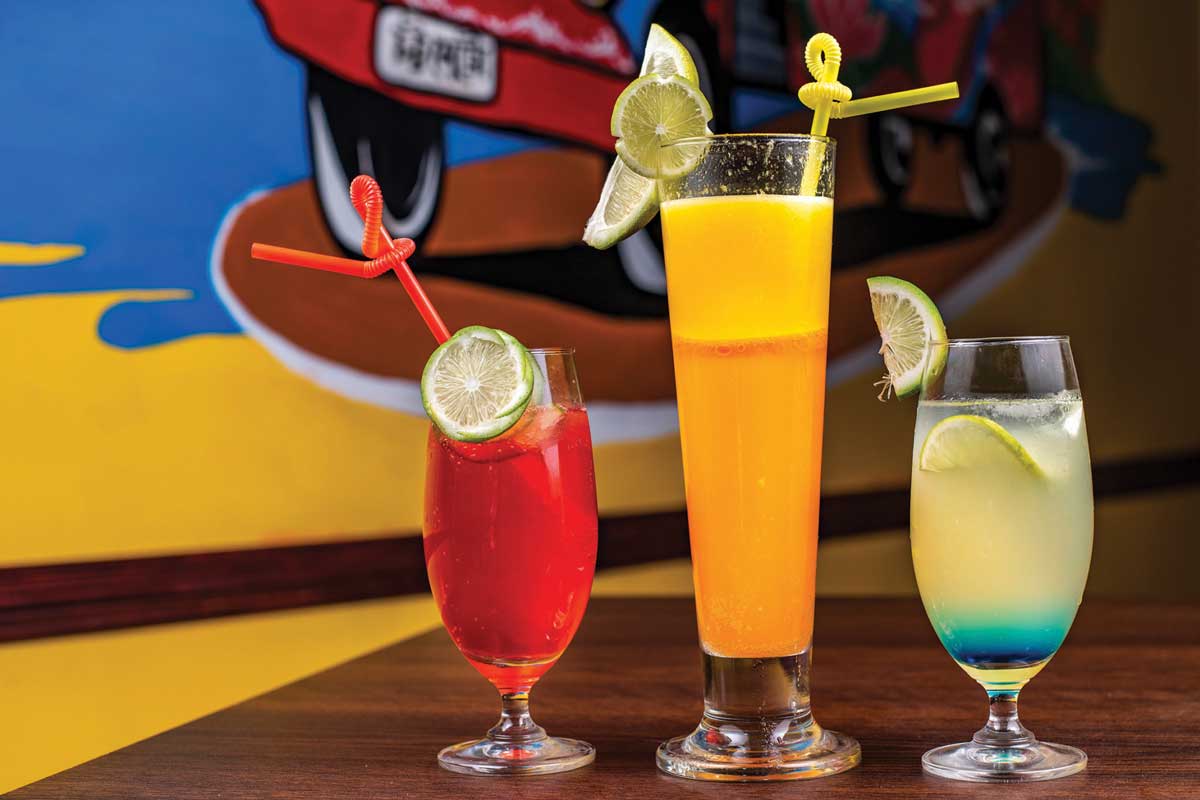
NO LESS that 19.1 million UK adults are now permanently moderating or avoiding alcohol consumption.
The good news for the on-trade is that this huge demographic is still largely comfortable going to alcohol-led venues – but they are making very different choices when they get to the bar.
One choice that is made very clear in PROOF Insight’s recently published report on ‘The Moderating Consumer’ is that the vast majority of these moderators still prefer soft drinks to low’n’no alcohol alternatives.
PROOF Insight’s Todd Davis told SLTN that the firm – which is part of the C&C Group – had been keen to reveal the deeper detail of the moderating trend, and in doing so perhaps burst a few bubbles of market misunderstanding.
“We wanted to know who is moderating and why – and how they are doing it,” said Todd.
Survey results suggests that 20% of the UK adult population, between the ages of 18 and 54, is moderating its alcohol consumption, while as many as 18% are avoiding it altogether.
‘Moderating’, PROOF Insight found, most often did not mean not drinking, but instead alternating between alcoholic and non-alcoholic drinks. This consumption strategy could be occasion-specific – while big nights out with family or friends might still involve multiple alcoholic drinks, a wee Tuesday night out with the spouse which might have meant three glasses of wine in the past, now meant one glass of wine and a Coke.
But of particular interest are the under-25-year cohort, the consumers with a long future of spending choices ahead of them – and, as Todd observed, the first group to have gone through school with alcohol ‘fear’ as part of the national curriculum.
“Low’n’no folk get excited about their prospects amongst younger groups, but that demographic aren’t seeking out low alcohol replacements – they aren’t established alcohol drinkers, so they just go for softs.”
More generally, despite the publicity around innovative low’n’no versions of alcoholic drink categories, and their undoubted growth, the moderation and abstinence default is still softs.
“Low’n’no brands assumed that moderation would lead people to them, but the statistics suggest that, as yet, this is very far from being the case,” said Todd, who pointed out that alcohol-free beer does not feature in the top 15 drinks when moderating.
“Low’n’no thought they had an awareness problem – they don’t. They have a consideration problem. People know that low’n’no is out there, but they are not that interested,” he said, suggesting that the sector was still suffering from the historical stink created by the first generation of low alcohol beers.
“Best advice I can give is that low’n’no producers need to find a route whereby consumers actually get to taste their drinks, and finally get past those old perceptions.”
C&C Group’s head of marketing, Stuart Mackenzie, agreed that moderation was no longer a single-month choice that the on-trade could hope to sit-out, and licensees must now plan year-round provision for the broad moderating demographic.
“While Dry January and Sober October will continue to be a moment-in-time for some consumers, more and more people are thinking more about their consumption habits and expect outlets to cater for their needs,” said Stuart.
“PROOF Insight’s report shows that soft drinks and fruit juices are the top go-to for moderating consumers in the on-trade and should provide an easy option for licensees. Despite high awareness (80%) of no/low, actual consumption numbers are relatively low. 39% of moderators are not interested in no/low – that’s 7.5 million of the 19.1 million moderators in the UK.”
“Whilst a no/low offering is an important choice to offer, it is far from the most common strategy consumers use to moderate,” he stressed.
“Sweet in flavour and with diet options, soft drinks like cola satisfy the needs of many moderators. Consider serve and glassware for an optimal drinking experience.”
Britvic’s Soft Drinks Review 2023 confirmed a sales surge of 60.3% in the UK’s pubs, clubs and licensed venues, with volumes up 53.2%.
But the report identified potential for operators to deliver a further sales boost of up to £170m by encouraging just 10% consumers to trade up from tap water to a soft drink.
At this ‘pivotal moment’, Britvic suggested that the licensed trade needs to rethink its soft drinks offering in order to stay ahead of the game.
“As consumers curb their alcohol consumption, particularly millennials and Generation Z, soft drinks are well and truly in the limelight,” said GB commercial director, Dino Labbate.
“Soft drinks have obviously always been crucial to the licensed sector, accounting for 27% of volume and 17% of value during last year. But, this year our Soft Drinks Review really highlights the size of the prize available to operators who are able to adapt to keep pace with consumers’ changing needs.
“That’s why we’re challenging ourselves and licensed venues to rethink soft drinks. Our Soft Drinks Review shows that consumers want compelling non-alcoholic drinks options with real wow factor – as good as, if not better than, the hard stuff. We want operators to take stock this year, rethink your range, how you’re serving it and what you’re pairing it with.”
While there will always be an important place for colas and lemonades at the bar, Dino stressed that guests were now on the hunt for ‘elevated experiences’.



















